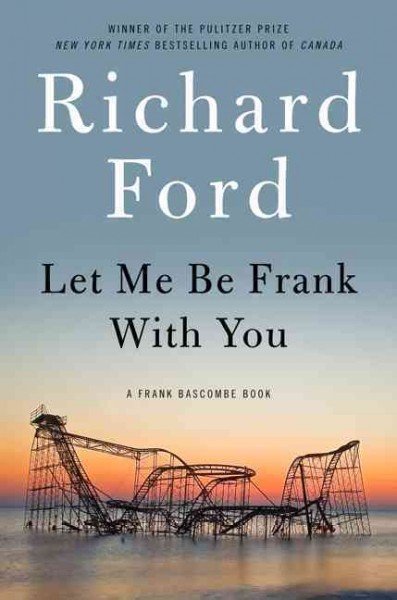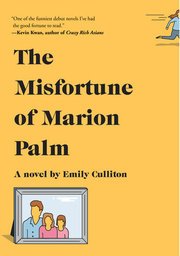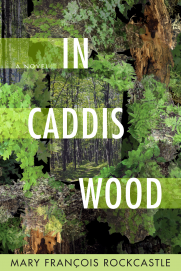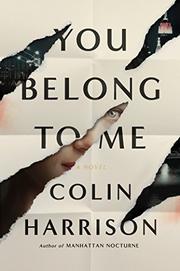Song of a Captive Bird Jazmin Darznik (2018)
If you’ve never heard of the Iranian poet Forugh Farrokhzad (1935-1967), get ready to be introduced to the startling voice of a woman who writes viscerally about the emotions of repression, alienation, and love. In Song of a Captive Bird, Iranian-American writer Jazmin Darznik has fictionalized the life of Forugh Farrokhzad, who is known primarily as “Forugh.” Inserted throughout Darznik’s prose text are excerpts from English translations of Forugh’s poetry, which provide a taste of her style and illuminate the events of the novel.
Song of a Captive Bird gave me insights into a culture that I knew very little about. The Persian literature of Iran goes back at least two and a half millennia, with a strong tradition of love poetry, and Forugh steeped herself in this literature as she wrote her own poems. Here, in first-person narrative, novelist Darznik imagines Forugh’s struggles with writing candidly, as a woman, about sexuality in mid-twentieth-century Iran:
“Mine was a country where they said a woman’s nature is riddled with sin, where they claimed that women’s voices had the power to drive men to lust and distract them from matters of both heaven and earth. Yet, when I leafed through magazines and opened volumes of poetry, I found that men has always described their love and their lovers with utter frankness and freedom. For thousands of years men had compared their beloveds to whatever they pleased, voiced all manner of amorous petitions and pleas, and described all the states to which love delivered them. And people read this poetry with complete equanimity. No one screamed out in protest. No one cried, ‘Oh God, the foundations of morality have been shaken!’" (170)
Reviewers of Forugh’s poetry sometimes compare her to Sylvia Plath (1932-1963), who was her contemporary, though there is no evidence that the two knew of each other’s work. I see similarities, in that both expressed women’s emotions in a raw style that was often criticized during their lives as unwomanly or otherwise inappropriate.
Readers should be cautious not to accept as fact all the incidents in this novelized version of Forugh’s life. As Darznik explains in her “Author’s Note” at the end of the book, she extrapolated, because biographical information about Forugh is sparse. In the novel, Forugh characterizes herself as a difficult girl-child in a highly patriarchal society: “My willfulness was my mother’s torment. An Iranian daughter is taught to be quiet and meek, but from earliest childhood I was stubborn, noisy, and brash. A good Iranian daughter should be pious, modest, and tidy; I was impulsive, argumentative, and messy. I thought of myself as no less than my brothers, with wit and daring to match theirs.” (367) Darznik’s portrayal of Forugh continues her brashness and daring into adulthood, as she publishes what is viewed as scandalously explicit verse under her own name and as she takes on lovers. Forugh specifically defies and undermines the strong cultural emphasis on female virginity.
Darznik’s casting of the novel in first-person narrative lends an immediacy and also creates tension for the reader: Does the story extend through Forugh’s entire life? If so, how will Forugh explain her own death? I found the last 75 pages (out of 401 pages) of Song of a Captive Bird to be weaker than the rest of the book, with many years of Forugh’s life skipped over and with the cause of Forugh’s death left ambiguous. But these critiques do not significantly diminish the power of the story.
From a twenty-first-century standpoint, we know what was going to happen in Iran after Forugh’s death. In the Iranian Revolution of 1979, the Pahlavi dynasty of monarchs was overthrown, and an Islamic regime under Ayatollah Khomeini came to power. Many Iranians who could afford to leave the country emigrated, including Jazmin Darznik’s own family. In the two suitcases that her family was able to take with them when they fled, Darznik’s mother brought a slim volume of Forugh’s poetry. This act speaks to the influence of Forugh.
Near the end of Song of a Captive Bird, Darznik puts into Forugh’s mouth a prophetic statement, lamenting Iran’s adherence to patriarchal traditions and its reliance on its vast oil reserves: “I feared an age that had lost its heart, and I was terrified at the thought of so many crippled hands. Our traditions were our pacifiers, and we sang ourselves to sleep with the lullaby of a once-great civilization and culture. Ours was the land of poetry, flowers, and nightingales—and poets searching for rhymes in history’s junkyards. The lottery was our faith and greed our fortune.” (373-4)























